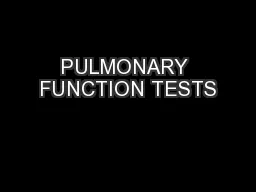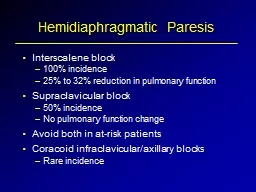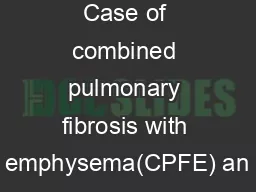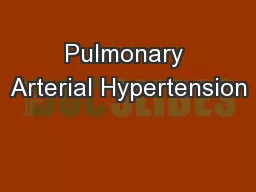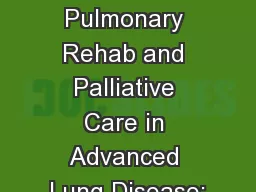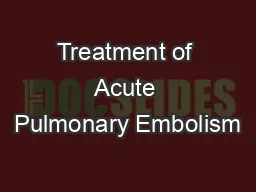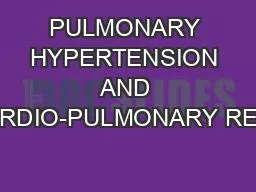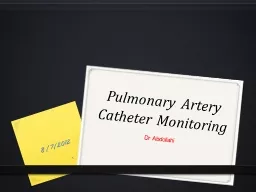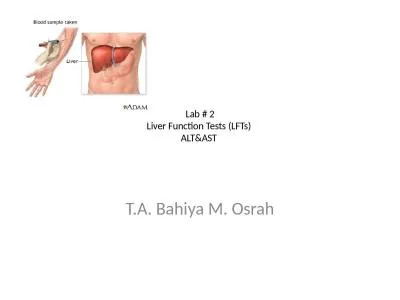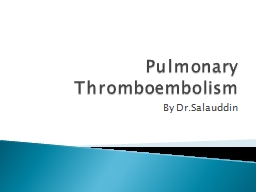PPT-PULMONARY FUNCTION TESTS
Author : pamella-moone | Published Date : 2017-08-03
Made by Meenal Aggarwal Moderator Dr Ajay Sood Lung Volumes amp Capacities Respiratory minute volume at rest 6 Lmin Alveolar ventilation at rest 42Lmin Maximum
Presentation Embed Code
Download Presentation
Download Presentation The PPT/PDF document "PULMONARY FUNCTION TESTS" is the property of its rightful owner. Permission is granted to download and print the materials on this website for personal, non-commercial use only, and to display it on your personal computer provided you do not modify the materials and that you retain all copyright notices contained in the materials. By downloading content from our website, you accept the terms of this agreement.
PULMONARY FUNCTION TESTS: Transcript
Download Rules Of Document
"PULMONARY FUNCTION TESTS"The content belongs to its owner. You may download and print it for personal use, without modification, and keep all copyright notices. By downloading, you agree to these terms.
Related Documents

